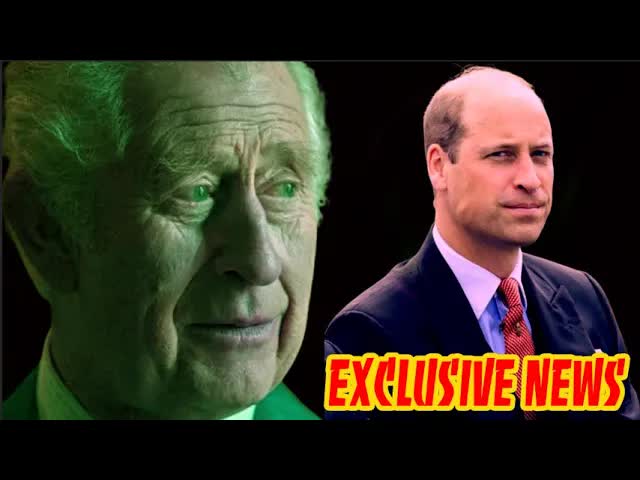Music has a unique way of uniting us all, reminding us of our shared experiences.
Yet, while we hum along to our favorite tunes, the British royal family is quietly raking in millions from an extensive real estate portfolio.
A recent investigation has lifted the veil on the financial dealings of King Charles and Prince William, revealing how they profit from schools, hospitals, and military properties.
For years, the British monarchy has faced calls for greater transparency regarding their wealth.
Despite the royal family’s vast fortune, the exact origins of their income have remained shrouded in mystery, obscured by intricate financial arrangements and favorable tax agreements with the British government.
However, a comprehensive inquiry conducted by Channel 4 and the Sunday Times has finally shed light on this opaque financial landscape.
The investigation uncovered that King Charles and his son, Prince William, have amassed a staggering €60 million from leasing land to various public entities.
This includes hospitals, schools, prisons, military installations, and even ports for unloading goods.
The sheer scale of their earnings is astonishing, bolstered by a financial framework that exempts them from capital gains and corporate taxes, leaving them insulated from potential expropriations for public projects.
As tourists wander through the bustling streets of Regent Street in London, many remain blissfully unaware that the land beneath their feet often belongs to the royal family or other aristocratic clans.
While the Crown relinquished a significant portion of its assets to the government nearly 300 years ago, the remaining holdings are still substantial.
The British Treasury oversees a vast Crown estate, which encompasses thousands of acres of urban and rural land across the nation.
Every year, a portion of the revenue generated from this estate is allocated to the royal household, funding official functions, events, and staff salaries.
In stark contrast, royal families in other European nations, such as Spain, operate on significantly lower budgets, with their official expenses totaling less than €8.5 million.
For 2025, the British royal family is projected to receive around €157 million.
Ownership of the duchies of Lancaster and Cornwall allows the royal family to maintain control over these lucrative assets.
The Duchy of Lancaster supports the private expenses of the reigning monarch, while the Duchy of Cornwall caters to the heir to the throne.
Interestingly, when this arrangement was established, the income from these duchies was modest, generating approximately €6 million annually in the 1960s.
Today, that figure has skyrocketed to nearly €30 million.
The Sunday Times and Channel 4 dedicated five months to scrutinizing public records, business addresses, and commercial registries.
They sought information from numerous tenants leasing land, ultimately compiling data on over 5,410 real estate holdings belonging to the duchies.
Buckingham Palace has long resisted disclosing this information, but the investigation revealed a massive real estate empire.
According to the annual list of UK millionaires published by the Sunday Times, King Charles’ personal wealth exceeds €720 million.
The investigation also highlighted that no public institution, including hospitals, prisons, and schools, escapes the financial grasp of the royal family.
They generate income through various channels, charging government bodies, local councils, NGOs, and private enterprises for land use, bridge tolls, and even for the installation of wind farms.
For instance, Dartmoor Prison pays approximately €1.8 million annually to accommodate 640 low-risk offenders.
Guy’s and St Thomas’ Hospital in London forks out nearly €1 million each year just for ambulance parking.
Similarly, the Duchy of Cornwall collects about €380,000 from Devon for the land on which Prince Town Community Primary School sits.
Other educational institutions also contribute to the royal coffers, with Farrington Gurney School paying €71,000 and Welton Primary School chipping in €4,500 annually.
The Ministry of Defence is another significant tenant, paying €1 million yearly for the Royal Navy Britannia Schools facilities in Dartmouth, where both King Charles and Prince William once trained as cadets.
Nearby, the government spends €12,000 annually to refuel its nuclear submarines at Plymouth.
While both King Charles and Prince William voluntarily pay the highest income tax rate of 45%, they are less forthcoming with information about their finances.
The most recent figures available date back to 2022, revealing that the King paid €7 million in taxes, which is only about 25% of the income generated by the Duchy of Lancaster after accounting for legal deductions and exemptions.
As the investigation unfolds, it raises pressing questions about wealth, privilege, and accountability within the British monarchy.
The financial practices of King Charles and Prince William reveal a complex web of income generation that continues to benefit them while remaining largely hidden from public scrutiny.
